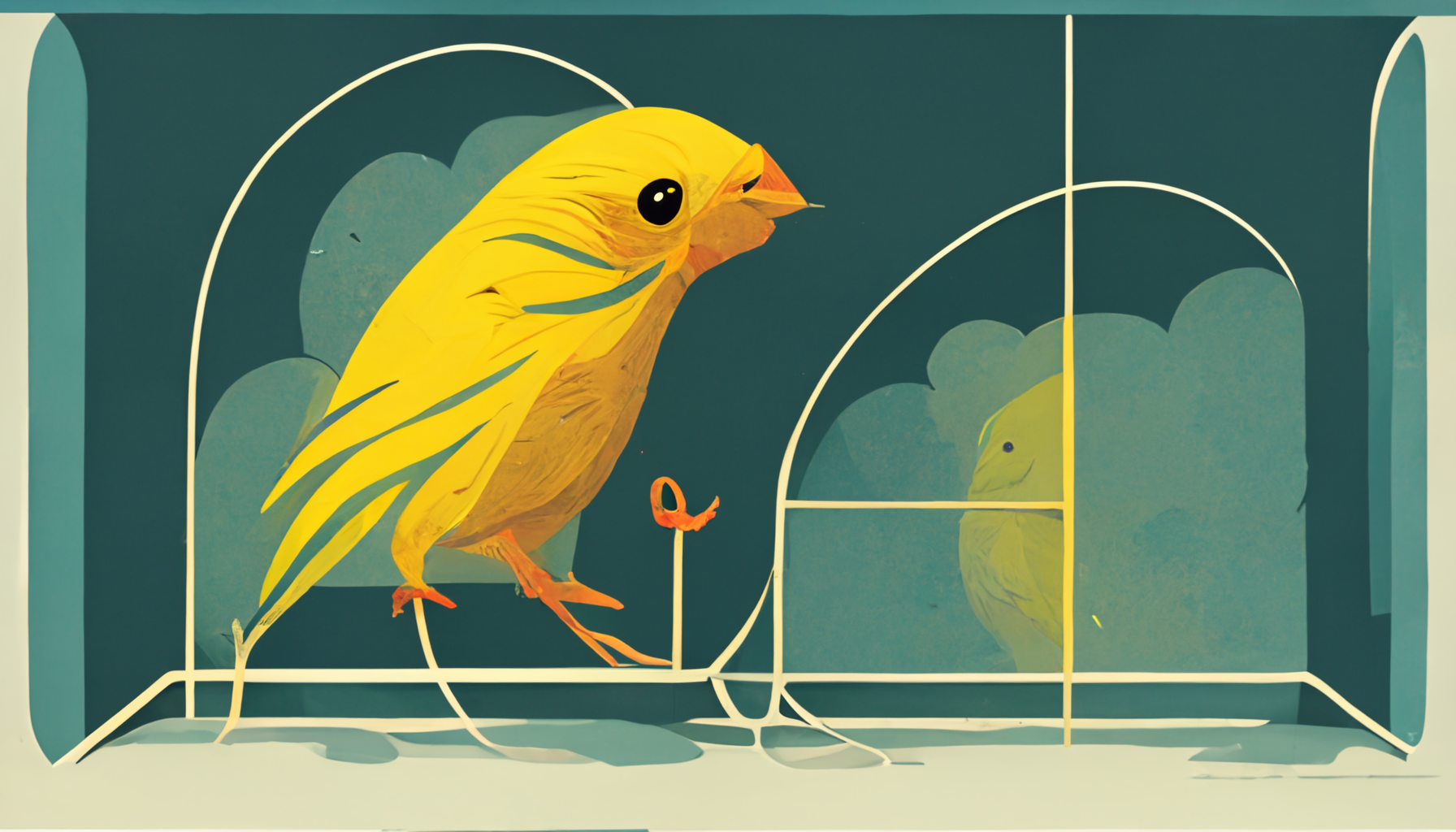Dreamworks: building a creative business - #ftmedia12
The first shift, of course, was from the hand-drawn, photographed and transferred to film workflow that dominated early animation, through to a CGI-dominated company. The transformation needed to backup that process was revolutionary at the time. It was 20 years ago, but the effects are still being felt. We had 1000 employees, now we have 2200 – but half of those started in the last three years.
60% of the employees made the transition from hand-drawn to CGI animation. It took an extraordinary amount of training and effort. They’d previously partnered with PDI that did CGI for adverts. They bought PDI, and a set of competancies with them. Animators essentially have to have acting skills to animate these characters.
The generational shift has happened lightening fast – and it left some people behind. There are a set of people doing different work now, because they weren’t able – or willing – to make the shift.
Then they had the new wave of 3D. It’s vastly different from the old 3D, because things are authored in 3D, so the wrokforce needed to be retrained in 3D thinking.
Now, they have multi-core processing in chips, which means they can do more, faster. They have models which know how the characters “function” and so can animate on an iPad-like device, just by tweaking the face rather than manually shifting numerical values about.
Stage 1 and 2 was seven years. Between 2 and 3? Three years. Maybe the next one will only be two years away?
The film industry is going through a radical shift – the decline in DVD is not being matched by digital – just as they’re investing massively in R&D. 3D wasn’t launched as a pricing opportunity but as a storyelling tool. Their first 3D film – Monsters vrs Aliens – had an additional $15m of costs because it was 3D, against a base cost of $70m. That’s down to $5m down.
Half of all ticket sales are now in 3D in the US. So, despite the declining sales, it’s a good investment. The economics add up.
They have 2200 emplyees in California, and 250 in Bangalore. About 1200 are the creatives. 200 people are R&D, with another 100 on R&D projects. It’s an interesting mix of left-brain and right-brain employees… They have everything from fine artists through to physicists and PhD scientists. The physics of explosions is important to getting the simulation to look right. But we have found that bright people, be they creative or scientific, are inspired to solve very, very complicated problems.
To make a film is 350 to 400 people working together for 3 years. And you always end up with personality disorders. Most problems are rooted in communication issues. They do a communication profile for each employee that helps people determine their communication profile, and how that interacts with others. They bring small groups together to compare notes. The worst thing that can happen is that a team is so dysfunctional that they have to disband it and reform – extraordinarily expensive. So they work to prevent that.
Many companies have sent lower-skilled work overseas. That’s exactly what they haven’t done. They do the same work in Bangalore that they do in the US, and it’s about access to the extraordinarily skilled graduates from India. They have the technical skills – they’re being taught the creative and artistic skills. The time zone issue is the most difficult.
It’s important to create an environment of security and stability to allow creativity and risk-taking. If they’re constantly afraid of losing their jobs, they don’t take risks. If they feel secure, and taken care of, then innovation can happen.
Sign up for e-mail updates
Join the newsletter to receive the latest posts in your inbox.










